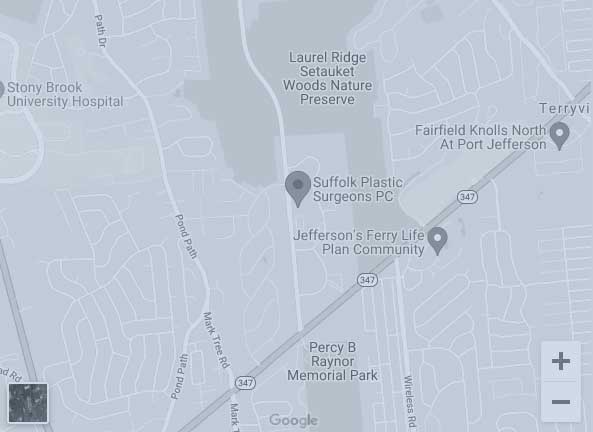 Everyone wants to look and feel their best. Unfortunately, as many of us grow older, we find that as a normal part of the aging process our skin slowly loses its elasticity. Wanting to tighten and tone and improve the texture of that skin has led many people to try chemical peels and laser treatments as nonsurgical ways to look more youthful. Now, there’s a newer – and perhaps better – option available: Ultherapy®.
Everyone wants to look and feel their best. Unfortunately, as many of us grow older, we find that as a normal part of the aging process our skin slowly loses its elasticity. Wanting to tighten and tone and improve the texture of that skin has led many people to try chemical peels and laser treatments as nonsurgical ways to look more youthful. Now, there’s a newer – and perhaps better – option available: Ultherapy®.
Ultherapy®
First approved by the FDA in 2009, Ultherapy uses focused ultrasound waves on the face, neck, chin and décolletage (chest area). It targets the underlying, foundational layers of skin instead of merely surface layers, reaching 3 mm to 4.5 mm beneath the surface – as far as the muscles – to trigger the natural production of new collagen while tightening and lifting. This can provide significant results without any of the downtime for recovery associated with a traditional facelift or chemical peel.
The process usually involves one treatment per focus area, and results are long-lasting and natural-looking. The procedure lasts from thirty to ninety minutes, depending on the area being treated. Most patients describe the experience as merely uncomfortable, resembling multiple, tiny bee stings. Additional benefits of Ultherapy include the fact that most people can return to their normal routine the same day, and there is no need for any needles or exposure to toxins.
There is also no unsightly swelling or bruising after an Ultherapy session, and the changes appear gradually, so that it is not as likely that people will notice a significant change and think you had “some work done.” Instead, you slowly begin to look younger, with tighter, more resilient skin. Full results may take up to six months to appear, but they last for approximately two years. While the change may not be as dramatic as a face-lift, most patients are thrilled with the results.
Laser Treatments
Lasers, on the other hand, rely on light energy instead of sound and focus on the skin’s surface. Fractional skin resurfacing also triggers the production of collagen, but it is more useful for addressing surface issues, such as acne scars, blemishes, fine lines, age spots, hyperpigmentation, and sun damage.
Lasers also usually require multiple sessions, and there are frequently treatment side-effects, including swelling, redness, darkening of spots, and peeling. Recovery from laser skin resurfacing can take up to two weeks, and it may take months for the full results to appear. Smoking and some medications can prolong your healing time, so it’s important to be open and honest with your doctor about your habits. You may also need a prescription for an antibiotic and/or antiviral medication, depending on your medical history.
As always, the best way to decide which cosmetic treatment option is best for you is to discuss your particular case, including concerns and desired results, with an expert. The physicians at Suffolk Plastic Surgeons specialize in Ultherapy and are happy to consult with you on the best option for your skin.






